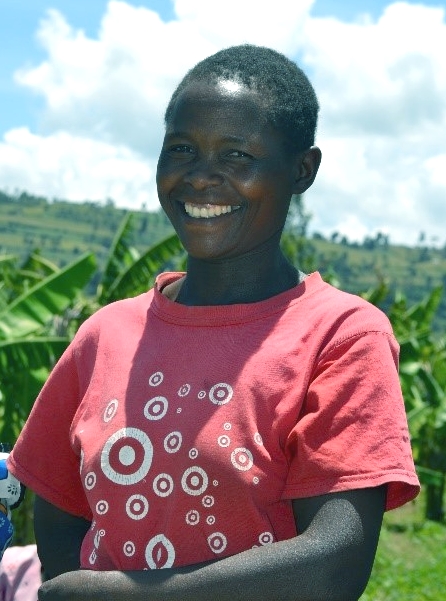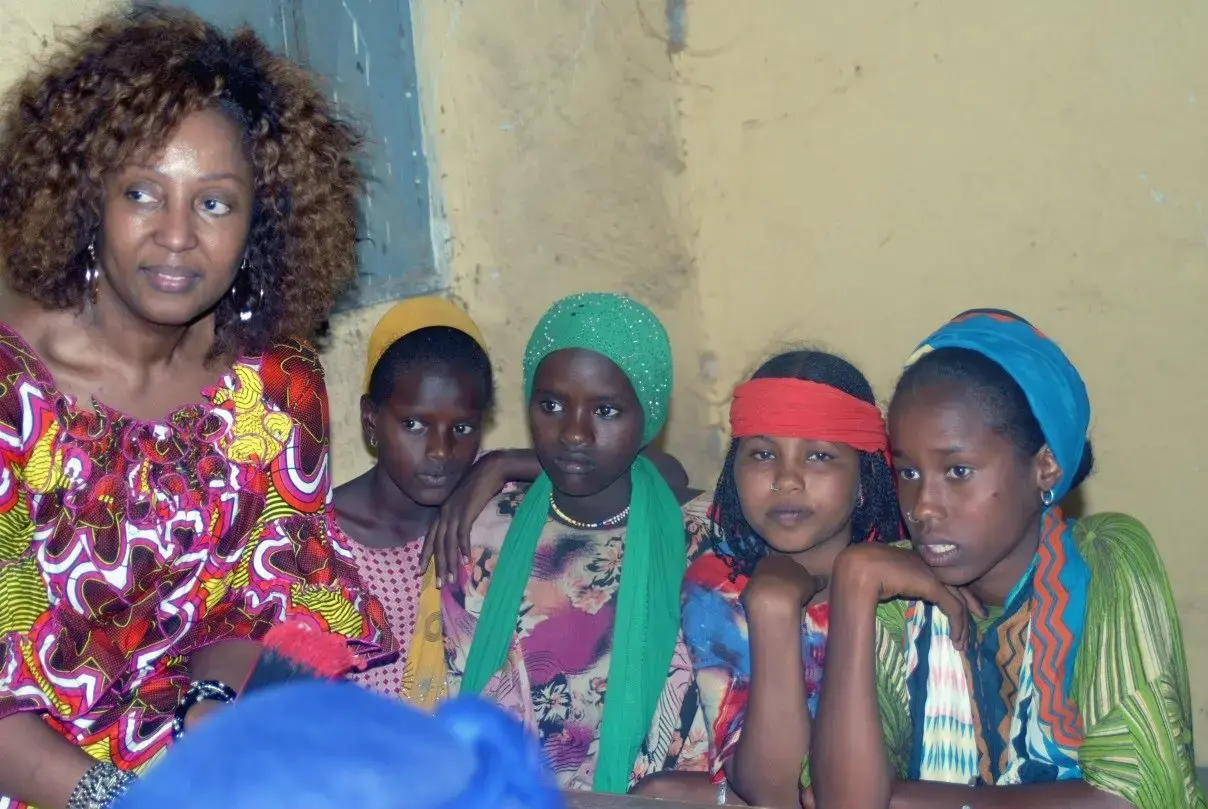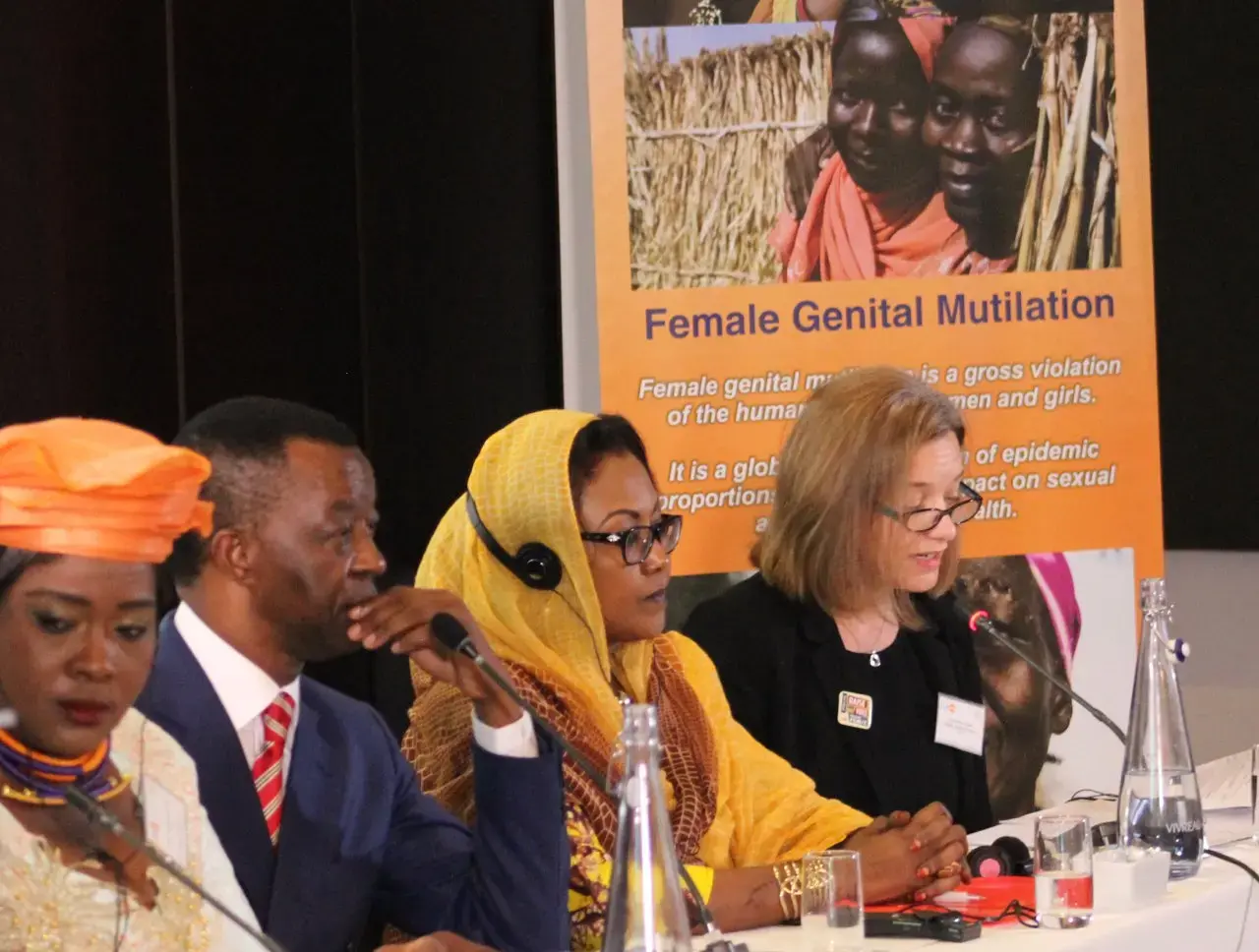BUKWO, Uganda – “My wife told me how much she suffered when she was cut (female genital mutilation) at the age of 14. She also faced a hard time during the delivery of our first child. She had to be operated on and spent one month in hospital.”
Sabilah Rawlings Kapchanga is the Local Council III Chairperson of Kaworyo village, in Kabei sub-county. As the local leader, he has taken it upon himself to use his power to advocate for the abandonment of female genital mutilation (FGM).
He chose to become an advocate because of what his wife, Elizabeth Chebet, 39, went through after being subjected to FGM and later, during childbirth.
The couple married in 1994. Today they have six children, two of whom are girls aged 11 and 17 years. Mr. Kapchanga says they will not be facing the knife: “I have talked to my daughters about the dangers of circumcision and they have assured me that they will respect my wishes,” he says.
His wife agrees. “I advise all girls who have not yet been cut not to do so. Girls should be taken to school,” she says. Currently, there is only one school in the sub-county. Mr. Kapchanga thinks that if another school was opened for girls, it would help deter them from FGM.

High prevalence in practising communities
Uganda’s national prevalence for FGM is at 1.4 per cent (UDHS, 2011). However, prevalence is almost universal in practicing communities – at 50 per cent among Sabiny in Kapchorwa, Kween, Bukwo, and Tepeth; and 95 per cent among Pokot and Kadam.
Mr. Kapchanga says with support from the government, which passed a law criminalizing the practice, and efforts from organizations such as UNFPA, the United Nations Population Fund, he is starting to see change. FGM abandonment programmes at the community level have now been integrated in district budgets, he says.
“As the Local Council makes operational budgets, we make sure we earmark some money through the Community Development Officer to sensitize communities about FGM through drama, disseminating strong messages against FGM,” he says. “We also organize debates so communities can present their ideas on how circumcision can be stopped. And from the interaction, people change their minds about the practice.”
UNFPA tackles FGM with partners
Under the Joint Programme on FGM UNFPA, together with UNICEF, supports government efforts to end all harmful practices, including FGM. This is funded by the governments of Finland, Germany, Iceland, Ireland, Italy, Luxembourg, Norway, Sweden and the United Kingdom.
One of the key achievements was to support the enactment and enforcement of supportive legislation – FGM Act 2010, FGM Regulations, and FGM guidelines.
UNFPA also supports community mobilization efforts to end FGM by collaborating with different partners to engage with communities, including religious and cultural institutions and leaders, and civil society, for social norms change through dialogue and mutual consent.
Currently, there is increased and more diverse community activity. Cutters are handing over their knives, while communities are declaring abandonment of the practice. The media are fully engaged and the church is strongly outspoken on this issue. Girls and young women themselves are stepping forward to saying "no" to FGM.
Using religion to end FGM
Mr. Kapchanga is not only a Local Council leader. He is also a church elder and a Sunday school teacher, who ministers at Kapterit Perfection Church Ministries. Over 100 women, men, girls and boys congregate at the 16-year-old mud-and-wattle church building every Sunday to worship. During their fellowship, they also talk about FGM and share ideas on how to end the practice in their community, he says.
“I talk to the young children about the dangers of FGM and the importance of keeping their bodies the way God created them,” he said.
Women who attend regular fellowship at the church share this view of FGM. “We go to church and we condemn it. So even if my in-laws pressure me, I cannot do it,” said Janet Yeko, 35.
By Evelyn Matsamura Kiapi





